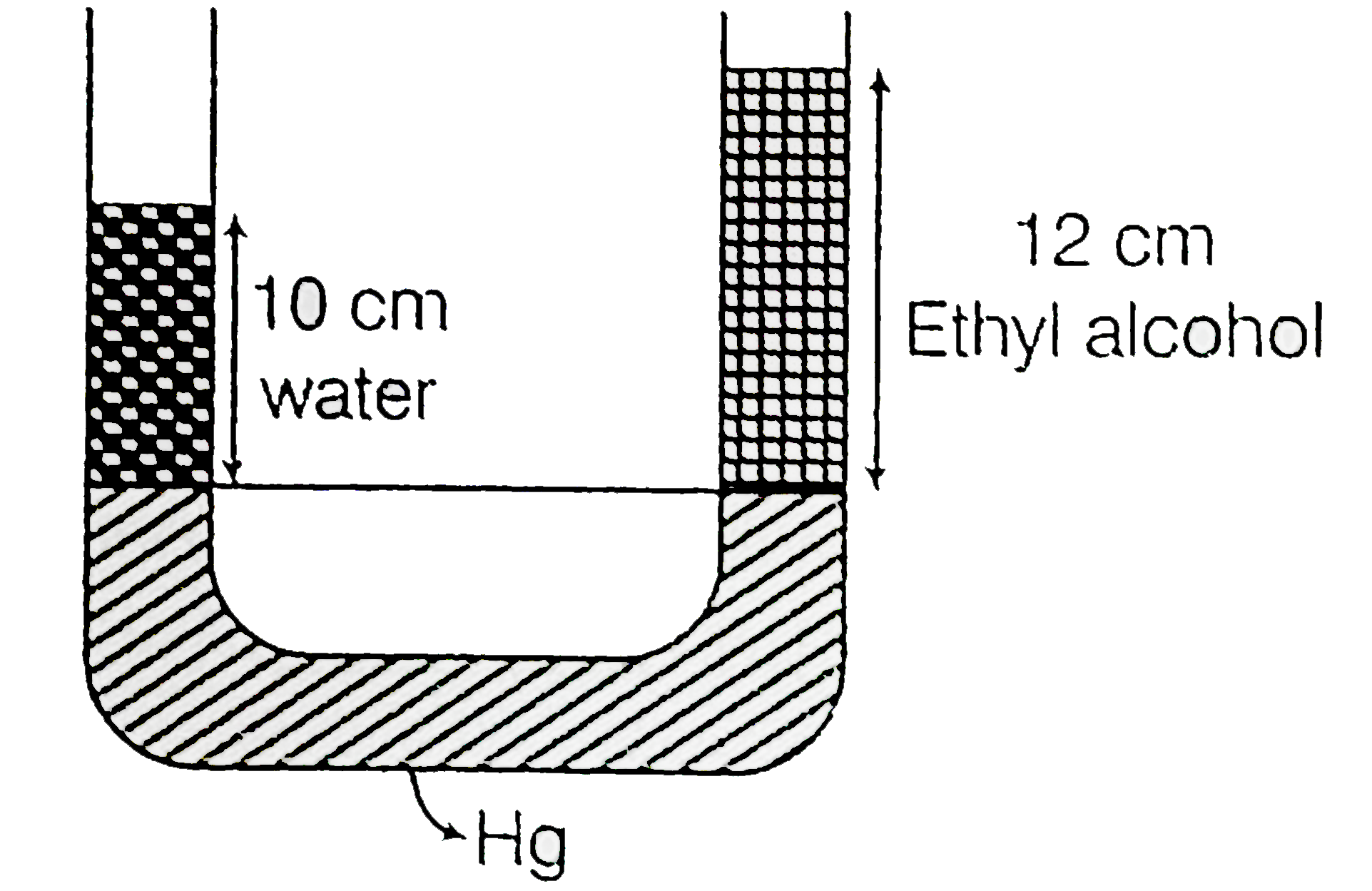Conversion of Ethyl alcohol to vinly acetate
To convert ethyl alcohol (ethanol) to vinyl acetate, we can follow a series of chemical reactions. Here is a step-by-step breakdown of the process:
Step 1: Dehydration of Ethyl Alcohol
- Reaction: Ethyl alcohol (C2H5OH) is dehydrated using concentrated sulfuric acid (H2SO4) at a temperature of 443 K.
- Product: This reaction results in the formation of ethene (C2H4).
Equation:
C2H5OHH2SO4,443K−−−−−−−−→C2H4+H2O
Step 2: Bromination of Ethene
- Reaction: Ethene is then treated with bromine (Br2) in carbon tetrachloride (CCl4) as a solvent.
- Product: This reaction leads to the formation of 1,2-dibromoethane (C2H4Br2).
Equation:
C2H4+Br2CCl4−−−→C2H4Br2
Step 3: Elimination Reaction with Alcoholic KOH
- Reaction: The 1,2-dibromoethane undergoes an elimination reaction when treated with alcoholic potassium hydroxide (KOH).
- Product: This results in the formation of acetylene (C2H2).
Equation:
C2H4Br2KOH(alc)−−−−−→C2H2+2HBr
Step 4: Reaction of Acetylene with Acetic Acid
- Reaction: Finally, acetylene is reacted with acetic acid (CH3COOH) in the presence of mercuric ions (Hg^2+).
- Product: This reaction yields vinyl acetate (CH2=CHOCOCH3).
Equation:
C2H2+CH3COOHHg2+−−−→CH2=CHOCOCH3
Summary of the Overall Reaction Sequence:
1. Ethyl alcohol → Ethene (Dehydration)
2. Ethene → 1,2-Dibromoethane (Bromination)
3. 1,2-Dibromoethane → Acetylene (Elimination)
4. Acetylene → Vinyl Acetate (Reaction with Acetic Acid)
- Reaction: Ethyl alcohol (C2H5OH) is dehydrated using concentrated sulfuric acid (H2SO4) at a temperature of 443 K.
- Product: This reaction results in the formation of ethene (C2H4).
Equation:
C2H5OHH2SO4,443K−−−−−−−−→C2H4+H2O
- Reaction: Ethene is then treated with bromine (Br2) in carbon tetrachloride (CCl4) as a solvent.
- Product: This reaction leads to the formation of 1,2-dibromoethane (C2H4Br2).
Equation:
C2H4+Br2CCl4−−−→C2H4Br2
- Reaction: The 1,2-dibromoethane undergoes an elimination reaction when treated with alcoholic potassium hydroxide (KOH).
- Product: This results in the formation of acetylene (C2H2).
Equation:
C2H4Br2KOH(alc)−−−−−→C2H2+2HBr
- Reaction: Finally, acetylene is reacted with acetic acid (CH3COOH) in the presence of mercuric ions (Hg^2+).
- Product: This reaction yields vinyl acetate (CH2=CHOCOCH3).
Equation:
C2H2+CH3COOHHg2+−−−→CH2=CHOCOCH3
1. Ethyl alcohol → Ethene (Dehydration)
2. Ethene → 1,2-Dibromoethane (Bromination)
3. 1,2-Dibromoethane → Acetylene (Elimination)
4. Acetylene → Vinyl Acetate (Reaction with Acetic Acid)
Topper's Solved these Questions
- APPENDIX II ( TYPICAL CONVERSIONS)BOOK - ICSECHAPTER - APPENDIX II ( TYPICAL CONVERSIONS)EXERCISE - AROMATIC CONVERSIONS
98 Videos
- ALDEHYDES, KETONES AND CARBOXYLIC ACIDSBOOK - ICSECHAPTER - ALDEHYDES, KETONES AND CARBOXYLIC ACIDSEXERCISE - EXERCISE (PART-II DESCRIPTIVE QUESTIONS) ( LONG ANSWER QUESTIONS)
478 Videos
- BIOMOLECULESBOOK - ICSECHAPTER - BIOMOLECULESEXERCISE - ISC EXAMINATION QUSTIONS (PART-I)(DESCRIPTIVE QUESTIONS)
21 Videos
Similar Questions
Knowledge Check
Conversion of ethyl alcohol into acetaldehyde is an example of
AhydrolysisBoxidationCreductionDmolecular rearrangement
Conversion of Ethyl alcohol into chloroform
View SolutionHow may be the following transformation be carried out ( in not more than six steps)? "Ethyl alcohol to vinyl acetate."
View SolutionConversion of Acetylene into Vinyl acetate
View SolutionConversion of Ethyl chloride into n-butane
View SolutionIndicate a method by which each of the following conversions may be effected. Give one balanced equation for the reaction you choose in each case :
Ethyl alcohol to ethyl acetate
View SolutionFind density of ethyl alcohol

View SolutionConversion of Ethyl iodide into ethane
View Solution
